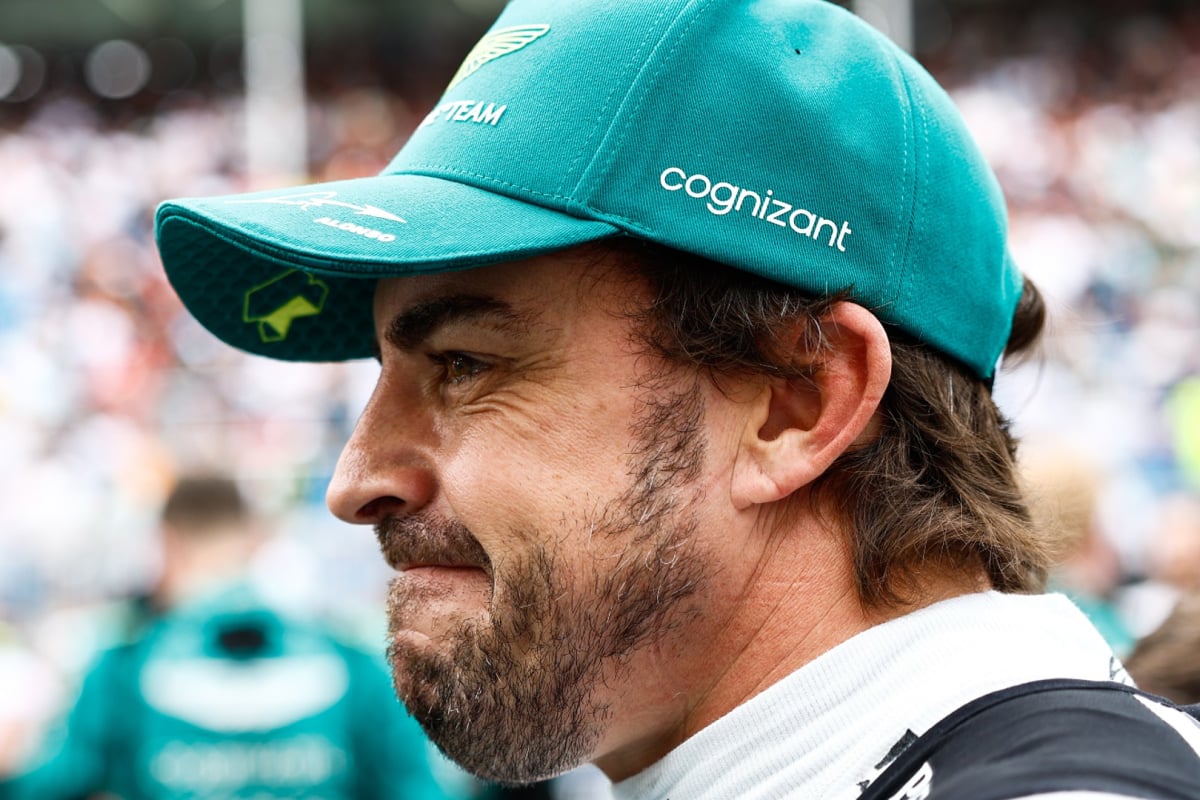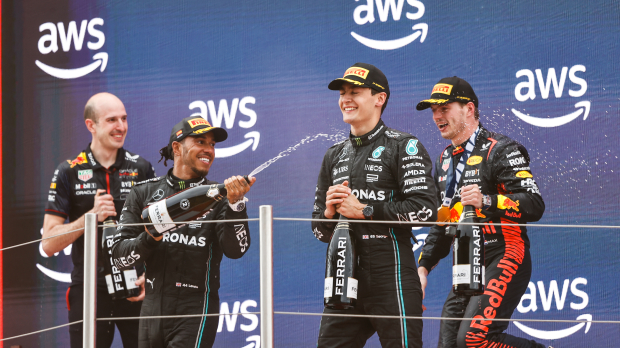
Latest News

F1 News Today
F1 News Today: Max Verstappen left laughing as Red Bull driver announcement ‘leaked’ at Qatar GP
- 19 minutes ago

F1 News & Gossip
Max Verstappen's X-rated response to McLaren team orders request
- 30 minutes ago

Lewis Hamilton
Martin Brundle admits 'dreading' listening to Lewis Hamilton
- 1 hour ago

Abu Dhabi Grand Prix
F1 2025 Abu Dhabi Grand Prix weather forecast - latest from Yas Marina
- 2 hours ago

Off the track
F1 Store reduce Lewis Hamilton Ferrari merch by 40% in MEGA Cyber Monday sale
- 2 hours ago

F1 News & Gossip
Australian politician raises McLaren ‘bias’ conspiracy in official Senate hearing
- 3 hours ago
Most read

75.000+ views
'FIA discover illegal trick being used by multiple F1 teams'
- 19 november

50.000+ views
FIA announce late penalty verdict at Las Vegas Grand Prix
- 22 november

50.000+ views
F1 Qualifying Results: Las Vegas Grand Prix times and grid positions
- 22 november

30.000+ views
FIA announce late Lewis Hamilton promotion at Las Vegas Grand Prix
- 23 november

30.000+ views
Christian Horner destined to become Lewis Hamilton's new Ferrari F1 boss
- 16 november

30.000+ views
Aston Martin issue emotional statement as star officially exits team
- 23 november




























 Grand Prix of Australia 2025
Grand Prix of Australia 2025  Grand Prix of China 2025
Grand Prix of China 2025  Grand Prix of Japan 2025
Grand Prix of Japan 2025  Grand Prix of Bahrain 2025
Grand Prix of Bahrain 2025  Saudi Arabian Grand Prix 2025
Saudi Arabian Grand Prix 2025  Grand Prix De Monaco 2025
Grand Prix De Monaco 2025  Gran Premio de España 2025
Gran Premio de España 2025  Grand Prix du Canada 2025
Grand Prix du Canada 2025  Grand Prix of Austria 2025
Grand Prix of Austria 2025  Grand Prix of Belgium 2025
Grand Prix of Belgium 2025  Grand Prix of Hungary 2025
Grand Prix of Hungary 2025  Grand Prix of Azerbaijan 2025
Grand Prix of Azerbaijan 2025  Grand Prix of Singapore 2025
Grand Prix of Singapore 2025  Gran Premio de la Ciudad de Mexico 2025
Gran Premio de la Ciudad de Mexico 2025  Grande Prêmio de São Paulo 2025
Grande Prêmio de São Paulo 2025  Qatar Grand Prix 2025
Qatar Grand Prix 2025  Grand Prix of Abu Dhabi 2025
Grand Prix of Abu Dhabi 2025 